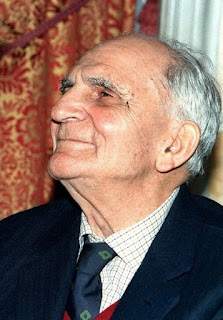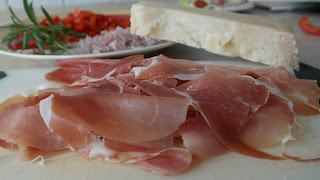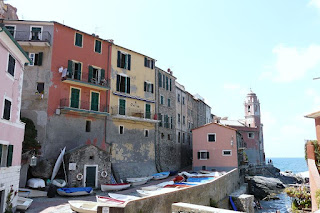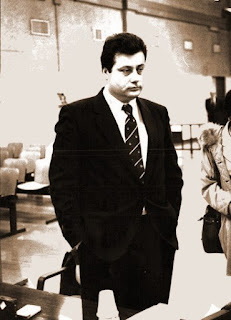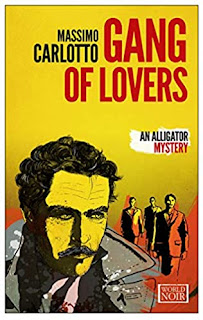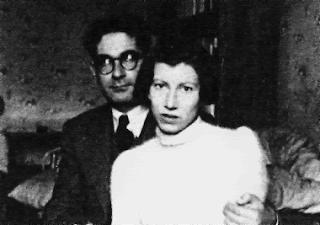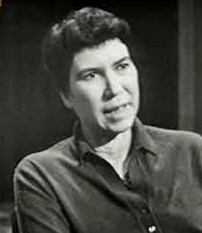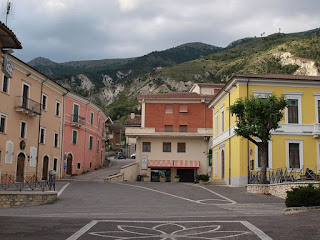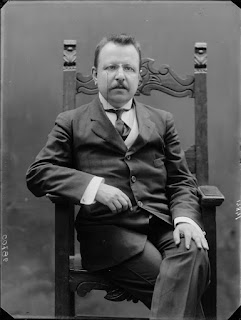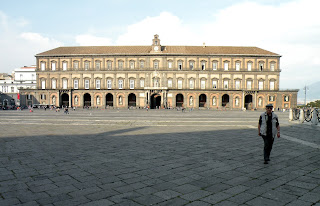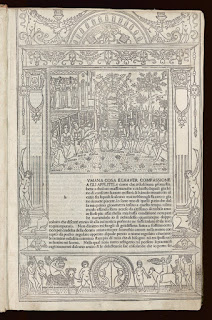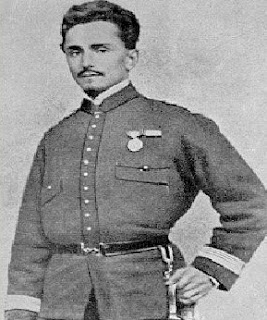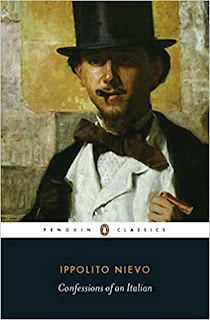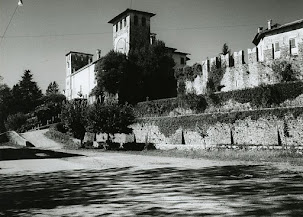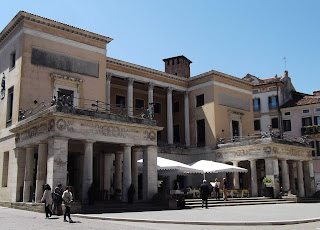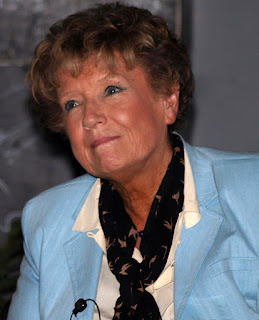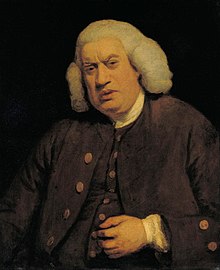Pastoral scenes and family life inspired writer from Parma
Writer and poet Attilio Bertolucci was born on this day in 1911 in San Lazzaro, a hamlet in the countryside near Parma in Emilia-Romagna.Attilio Bertolucci was an important
figure in 20th century Italian poetry
Bertolucci wrote about his own family life and became renowned for the musicality of his language while describing humble places and human feelings. He became an important figure in 20th century Italian poetry and was the father of film directors Bernardo and Giuseppe Bertolucci.
Attilio Bertolucci was born into a middle-class, agricultural family. He began writing poems at the age of seven and published his first collection of poems, Sirio, when he was 18.
He went to study law at the University of Parma when he was 19, but soon gave it up in favour of literary studies. He also went to the University of Bologna to study art history. He went on to teach art history at the Maria Luigia boarding school in Parma.
He became a book reviewer and theatre and film critic for the Parma newspaper, La Gazzetta, and developed anti-fascist feelings along with other intellectuals at the time. He worked as foreign editor for the poetry publisher, Guanda, and introduced a range of modern poetry from overseas to Italy.
When he was 20, his work, Fuochi di Novembre, earned him the praise of the Italian poet Eugenio Montale, which enhanced his reputation.
 |
| Bertolucci with Bernardo (left), the elder of his two sons, during the shooting of his 1976 epic, Novecento |
In 1951 he published La capanna Indiana, which won the Viareggio Prize for Literature. In the same year the family moved to Rome. Among the readers who admired his work was the film director Pier Paolo Pasolini, who became a close friend.
In Rome, Bertolucci worked for the publisher, Garzanti, for Italian radio, and for the daily newspaper, La Repubblica.
From the 1960s onwards the Bertolucci family alternated between their apartment in Rome, their 17th century house in the Apennine village of Casarola, which they visited in the spring and summer, and their home by the sea in the Ligurian village of Tellaro, where they lived during the autumn. In nearby Lerici, Bertolucci became president of the committee for the Lerici Prize and biennial literary conference.
 |
| The cover of Bertolucci's first published poetry |
From 1975, he directed the prestigious literary review magazine Nuovi Argomenti, along with Enzo Siciliano and Alberto Moravia. In 1984 he won another Viareggio Prize for the narrative poem Camera da letto.
His last work was La lucertola di Casarola, a collection of works from his youth, which he published in 1997.
Attilio Bertolucci died in Rome in 2000 at the age of 88. Selections of his poetry have been translated into English by the poets and translators, Charles Tomlinson and Allen Prowle.
Travel tip:Parma is famous for Prosciutto di Parma and
Parmigiano-Reggiano cheese
Parma is an historic city in the Emilia-Romagna region, famous for its ham (Prosciutto di Parma) and cheese (Parmigiano-Reggiano), the true ‘parmesan’. The city was given as a duchy to Pier Luigi Farnese, the illegitimate son of Pope Paul III, and his descendants ruled Parma till 1731. The composer, Verdi, was born near Parma at Bussetto and the city has a prestigious opera house, the Teatro Regia. Parma is divided into two parts by a stream. Attilio Bertolucci once wrote about it: ’As a capital city it had to have a river. As a little capital it received a stream, which is often dry.’ This refers to the time when Parma was capital of the independent Duchy of Parma.
Travel tip:Boats fill the tiny quayside at the fishing village
of Tellaro in Liguria, where Bertolucci had a home
Tellaro, where the Bertolucci family had a seaside home, is a small fishing village on the east coast of the Gulf of La Spezia in Liguria and a frazione of the comune of Lerici. Tellaro has been rated as one of the most beautiful villages of Italy by the guide, I Borghi più belli d’Italia. The Romantic poet Percy Bysshe Shelley and his writer wife, Mary Shelley, lived there in the rented Casa Magni in the early 1820s and drew inspiration from their beautiful surroundings for their writing until Shelley’s death at sea in 1822.
Also on this day:
1626: The consecration of St Peter’s Basilica in Rome
1630: The birth of Eleonora Gonzaga, Holy Roman Empress
1804: The birth of Alfonso Ferrero La Marmora, military leader and statesman
1891: The birth of architect and designer Gio Ponti
